A culvert is a tunnel-like structure that allows water to flow under a road, railway, footpath or similar obstruction. It is used to facilitate the passage of water, usually from streams or drainage systems, while providing a path for transportation or other uses over it. Culverts are essential to manage water flow and prevent erosion or flooding in developed areas.
Culverts can be made from various materials including concrete, steel, aluminum, or plastic, and they come in many shapes and sizes, such as round, elliptical, flat-bottomed, and box-shaped.
Shear Key Details in culvert construction
In culvert construction, shear key is a structural feature used to increase the stability and integrity of the joint between different sections of a culvert. Shear keys are designed to resist lateral movement and shear forces, ensuring that culvert sections are properly aligned and securely connected.
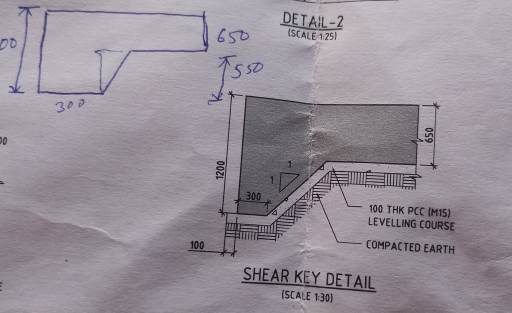
Benefits of Shear Keys
- Enhanced Structural Integrity: By preventing lateral movement, shear keys improve the overall stability of the culvert structure.
- Improved Load Distribution: They help distribute loads more evenly across the joints, reducing the risk of cracking and other structural issues.
- Durability: Shear keys contribute to the long-term durability of the culvert by maintaining the alignment and connection of the sections.
Construction Process of Shear Keys
- Design Phase: Structural engineers design the shear keys based on the specific requirements of the project, considering factors such as load conditions, soil characteristics, and hydraulic performance.
- Casting Phase: During the casting of the culvert sections, formwork is used to create the shear keys. Concrete is poured into the forms to create the projections and recesses.
- Installation Phase: When the culvert sections are installed on-site, the shear keys interlock, ensuring proper alignment and stability of the joints.
Shear keys are a crucial component in culvert construction, particularly for precast concrete culverts. They ensure the structural integrity and longevity of the culvert by providing resistance to lateral displacement and effective transfer of shear forces between adjoining sections. Proper design and construction of shear keys are essential for the performance and durability of the culvert.
Importance of slab in culvert construction
In culvert construction, the slab refers to the flat, horizontal structural element that forms the top surface of the culvert. It acts as a cover or roof for the culvert, providing support for loads from traffic, soil, and other overlying materials. The slab plays a crucial role in distributing these loads to the side walls and ensuring the structural integrity of the culvert.
Importance of culvert slab
- Load Distribution: The slab distributes vertical loads from the road or surface above to the side walls of the culvert.
- Protection: It protects the interior of the culvert from debris and direct impact loads.
- Structural Support: The slab, in combination with the side walls, provides structural support and stability to the entire culvert.
walls in culvert construction
In culvert construction, the walls are the vertical structural elements that support the slab (top cover) and help channel the flow of water through the culvert. The walls play a crucial role in maintaining the integrity and stability of the culvert structure. They are designed to withstand various loads, including the pressure from soil and water, as well as the loads from traffic or other structures above.
The walls in culvert construction are essential components that provide structural support, channel water flow, and maintain the integrity of the culvert. Proper design, reinforcement, and construction of the walls are critical to ensuring the durability and safety of the culvert structure.
conclusion
culverts are vital structures designed to allow water flow beneath roads and other pathways while ensuring stability and preventing erosion and flooding. Constructed from materials like concrete, steel, and plastic, culverts come in various shapes and sizes to suit different needs. Key components include shear keys, which enhance stability and durability, slabs that distribute loads and protect the interior, and walls that provide essential structural support. Proper design and construction of these elements are crucial for the culvert’s long-term performance and reliability.
Why is proper culvert sizing crucial in construction projects?
Culvert sizing is critical for efficient water flow, preventing flooding, erosion, and infrastructure damage. Adequate sizing ensures water passage without overwhelming the structure, maintaining environmental balance, and safeguarding public safety.
What are the key factors to consider when selecting culvert materials?
Culvert material selection depends on factors like traffic load, soil type, environmental conditions, and budget. Common options include concrete, corrugated metal, and plastic. Each material offers varying levels of durability, longevity, and cost-effectiveness.
How can culvert maintenance prolong its lifespan and functionality?
Regular culvert maintenance is vital for longevity and efficiency. Tasks such as debris removal, erosion prevention, and structural inspections ensure optimal performance. Timely repairs of damages like cracks or corrosion help prevent costly replacements and maintain smooth water flow.

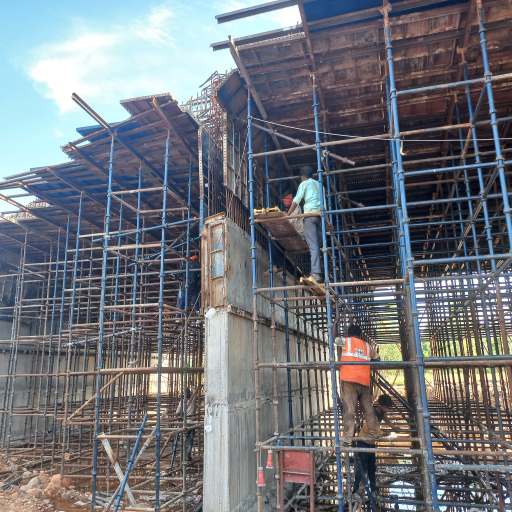
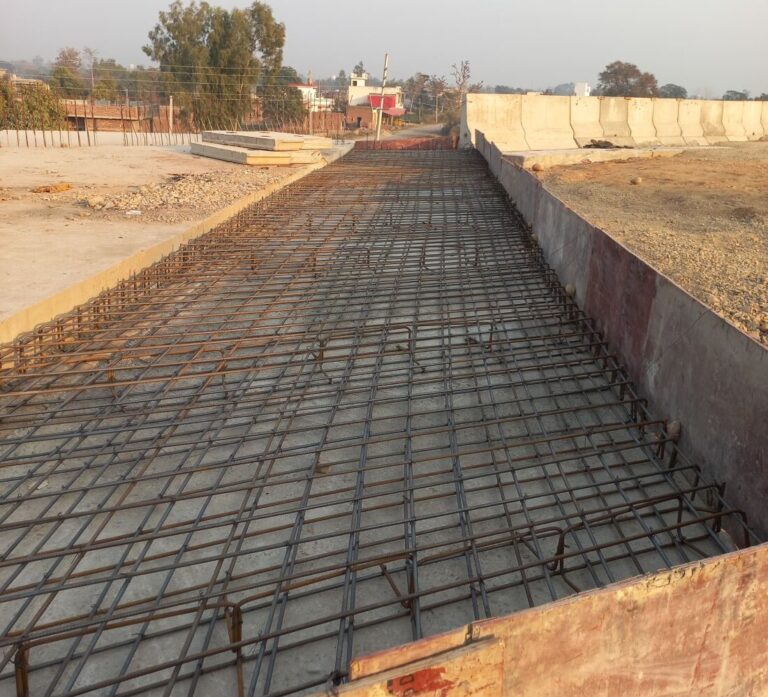
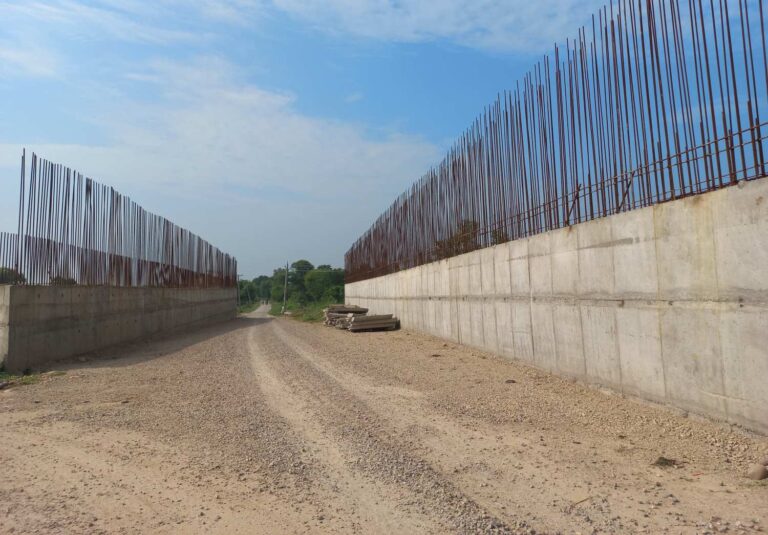
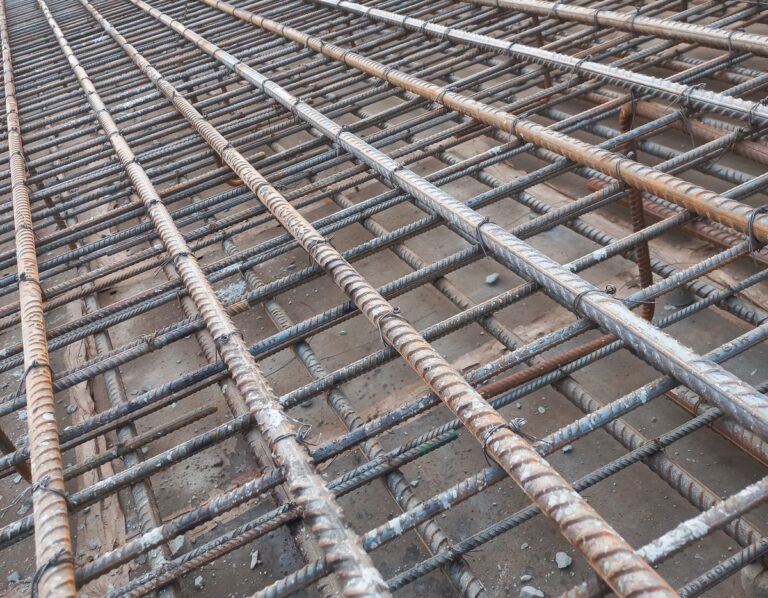




[…] in the construction field, the four major types are box culverts, pipe culverts, arch culverts, and slab culverts. Each type is designed for specific applications and water flow […]
[…] prevent uneven settling, and make the structure stronger and more durable. shear keys are vital in culvert construction because they ensure the load is distributed evenly, enhance stability, prevent settlement, and […]